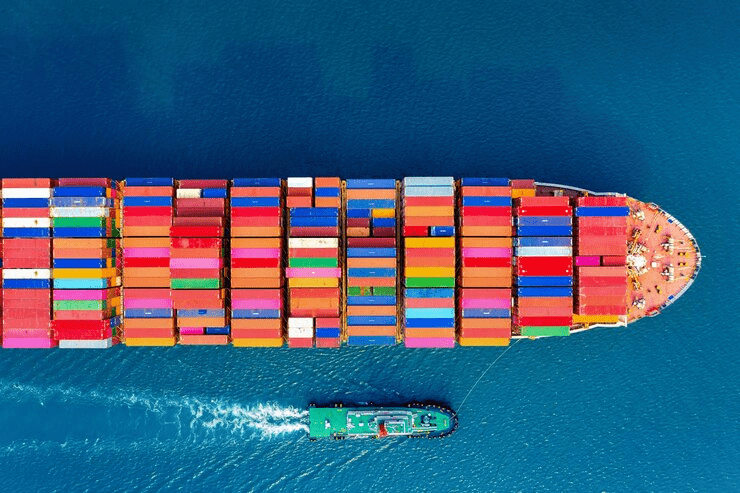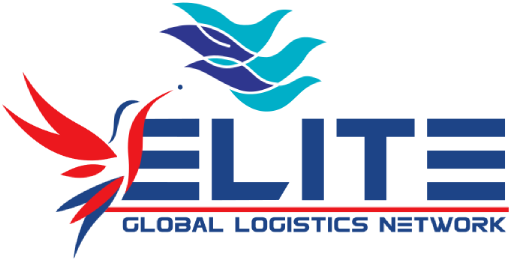
Carrier liability and cargo insurance are often mistaken for one another but serve distinct purposes. Understanding these differences is vital, primarily since cargo damage and loss frequently occur during transport.
Here is a breakdown of the critical differences between carrier liability and cargo insurance and why securing the proper protection for your shipments is essential.
Carrier Liability
Every shipment includes limited liability coverage determined by the carrier, which varies based on the type of goods being transported. This coverage is typically outlined on the Bill of Lading.
Key Points
- Carrier liability usually covers a specific dollar amount per pound or package, often less than the actual value of the goods.
The limits are generally relatively low, sometimes just a fraction of the shipment’s actual worth, and are based on established conventions like the Hague-Visby Rules or the Carriage of Goods by Sea Act (COGSA) in the U.S.
For instance:
- Under the Hague-Visby Rules, a carrier’s liability for damaged or lost goods is capped at 666.67 Special Drawing Rights (SDR) per package or 2 SDR per kilogram of gross weight.
Note: S.D.R., or “Special Drawing Right,” is an international reserve asset created by the I.M.F. to supplement member countries’s reserves. It is a neutral currency for transactions, with an approximate exchange rate of 1 SDR = 10.49 HKD (1.35 USD).
- C.O.G.S.A. states liability is 3885,35 HKD ($500) per package or Customary Shipping Unit.
It is crucial to note that “package” refers to the outer container, not the contents inside. Therefore, cargo owners may find the liability coverage significantly lower than anticipated.
- Liability limits can be even less favourable in cases where goods are not brand new, such as used items.
- Carriers also would not cover any pre-existing damage, which can complicate claims.
- Carrier liability may have exclusions for events like natural disasters or errors made by the shipper, which means the carrier might not be held accountable. Consequently, claims often require negotiation.
Cargo Insurance
They are also known as shipper’s interest insurance. Cargo insurance protects cargo owners (shippers or consignees) against losses or damages incurred during transit. This insurance comes at an additional cost, typically calculated as a percentage of the shipment’s value.
Key Benefits
- Cargo insurance provides broader protection, especially when the liability offered by the carrier is insufficient.
- Claims are usually settled faster, often within 30 days, whereas claims under carrier liability may take longer due to the need for negotiation.
- Importantly, with cargo insurance, the owner does not need to prove the carrier’s fault; they only need to demonstrate that a loss or damage occurred.
- Cargo insurance can also cover general average claims, protecting cargo owners in various scenarios, including theft or damage from unforeseen events.
Comparing The Claims Process
Carrier Liability Claim Process
1. Claim Submission Timeline: Freight claims must be filed within a specified period of nine months, one year, or two years from the delivery date, depending on the mode of transport. Adherence to this timeline results in the claim being time-barred.
2. Notification Requirement: Claims must be notified within three days at the earliest, with each claim subject to specific notification periods.
3. Damage Indication: If the delivery receipt does not indicate damage, some carriers may require immediate notification from the claimant.
4. Required Documentation: Claimants must provide proof of value and loss as part of the claims process.
5. Carrier Acknowledgment: The carrier must acknowledge the claim within 30 days and respond substantively within 120 days.
6. Burden of Proof: The claimant is responsible for demonstrating carrier negligence, which entails proving that the freight was picked up in good order and adequately packaged but delivered in a damaged condition.
7. Exclusions: Claims caused by acts of God, such as natural disasters beyond human control, like earthquakes or hurricanes, are usually not covered by liability. This means that the claimant must provide proof to support their case.
Cargo Insurance Claim Process
1. Documentation Required: You must prove the goods’ value and the loss incurred.
2. Claim Payment Timeline: Claims are typically paid within 30 days.
3. Negligence Proof Not Required: You do not need to demonstrate that the carrier was negligent.
4. Coverage for Acts of God: Incidents classified as acts of God are generally covered.
5. Coverage for Other Losses: Losses resulting from theft, damage, war, or strikes are also typically included.
Conclusion
Cargo insurance offers significantly more assurance regarding claim payouts, providing you with security and confidence.
Cargo owners may be required to obtain it depending on the shipping terms. We strongly recommend securing cargo insurance, as the cost is often a tiny fraction of the shipment’s value, making it a financially prudent decision.
At Azure Risk, we streamline the claims process to keep your clients satisfied and ensure that you, as the forwarder, maintain a positive relationship with them.
Quick resolutions are our priority, allowing you to enhance your business partnerships effectively.















